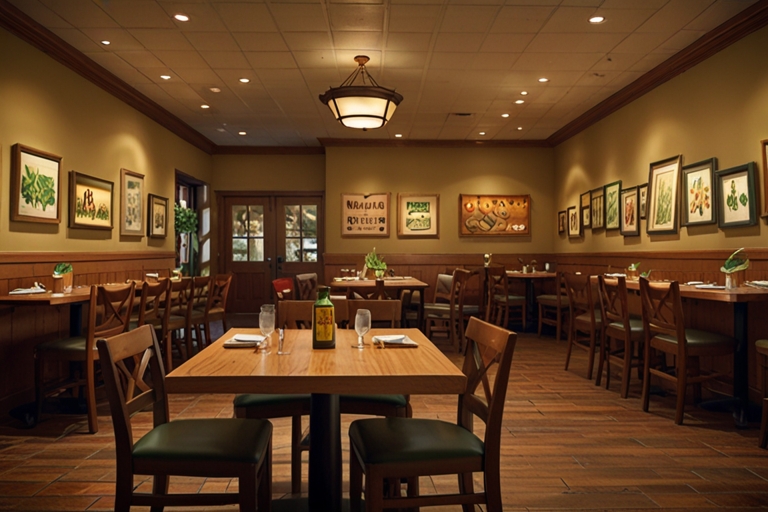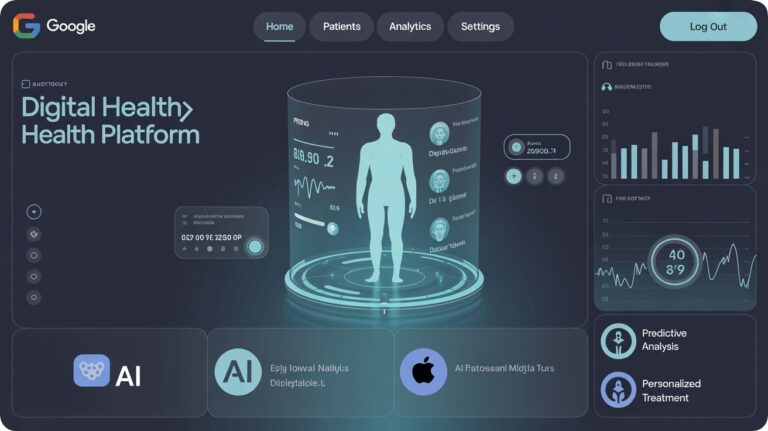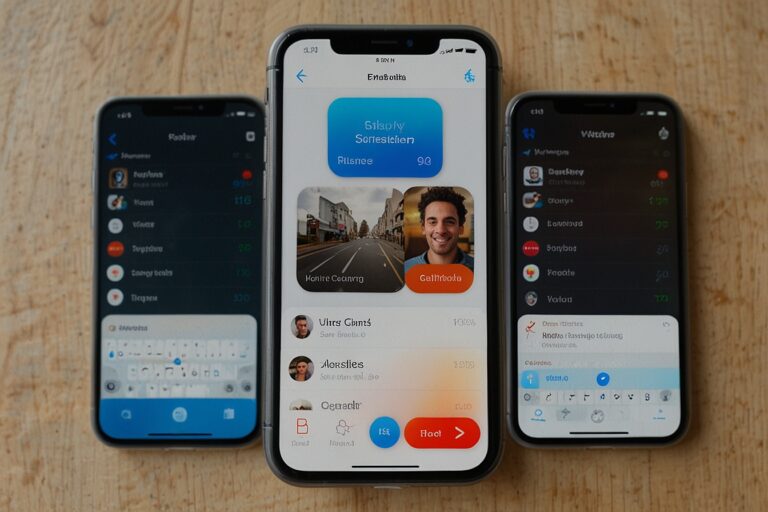
TL;DR
- Olive Garden’s endless breadsticks, soup, and salad offer began as a kitchen efficiency tactic in 1982.
- The offering evolved into a cornerstone of brand identity and a pricing strategy with high margins.
- Despite investor pressure to drop the offer, the company held firm.
- The “endless” concept expanded into pasta deals and contributed to record-breaking sales in 2025.
A Brand Built on Breadsticks
What began as a crisis solution in a chaotic kitchen has grown into a hallmark strategy for brand loyalty and casual dining success. When the first Olive Garden opened in Orlando, Florida, in 1982, the kitchen was overwhelmed with demand.
Long wait times, limited prep capacity, and inefficient ticket turnover pushed Blaine Sweatt, one of the chain’s original general managers, to find a quick, low-cost fix: offer diners a bottomless selection of breadsticks, salad, or soup while they waited for entrées.
This simple idea became the foundation of a lasting food-service model now celebrated for value, efficiency, and hospitality.
“It made guests really happy, but it also helped the kitchen catch up since servers could get them themselves,” said Jaime Bunker, SVP of Marketing at Olive Garden.
Olive Garden’s Endless Strategy by the Numbers
| Metric | Value | Source |
| First year of endless breadsticks | 1982 | CNN |
| Year added to lunch menu | 1991 | CNN |
| Year expanded to dinner | 1994 | CNN |
| Shareholder backlash presentation length (2014) | ~300 slides | CNN |
| Most recent same-store sales growth | #ERROR! | Darden Restaurants |
| Menu price increase in 2024 | ~2% (below inflation) | CNN |
Defying Investor Demands
Not everyone appreciated the generosity of the endless philosophy. A decade ago, an activist investor launched a scathing campaign against Olive Garden’s parent company, Darden Restaurants, releasing a nearly 300-slide presentation critiquing breadstick waste, sauce management, and labor inefficiencies.
Some menu items were adjusted, but the chain refused to scrap its iconic offering.
“You have to give Olive Garden credit for being true to that brand identity and sticking with it, even if it costs a little bit more,” said Maeve Webster, president of consulting firm Menu Matters.
More Than a Meal: It’s a Message
The endless menu isn’t just about calories; it’s about comfort, abundance, and perception.
Webster explains that breadsticks, soups, and salads are low-cost, high-margin items. Bread is inexpensive to produce, soups can be batched and stored, and while salad costs are higher due to fresh ingredients, the overall profitability is strong.
For customers, it creates an experience of hospitality.
“It’s a tradition that embodies the spirit of Italian generosity,” said Bunker, emphasizing the brand’s focus on family-style dining and emotional satisfaction.
Scaling the Strategy
Encouraged by customer enthusiasm, Olive Garden expanded its “endless” logic beyond appetizers:
- In 1995, the chain launched its “Never Ending Pasta Bowl” — an annual fall promotion coinciding with the back-to-school season.
- In 2023, Olive Garden revived its “Buy One, Take One” deal, offering a free meal to-go with select purchases — a promotion that returned in 2025 after a 5-year hiatus.
These strategies align with Darden’s broader messaging: everyday value in uncertain economic times.
Performance and Pricing Discipline
While many casual dining chains grappled with shrinking margins and falling traffic, Olive Garden’s sales surged.
In the most recent quarter, the brand recorded a 6.9% jump in same-store sales, its best performance in three years. This came after a 2.9% decline in the same quarter last year.
Importantly, Darden’s management has resisted price hikes. Olive Garden raised prices only 2% in 2024, compared to much higher rates seen across fast food and grocery aisles.
“We’re taking some wallet share from fast food and fast casual,” said CEO Rick Cardenas in a June 2025 earnings call.
Betting Against Trends
Part of Olive Garden’s success lies in its ability to resist fads.
While competitors chase viral TikTok dishes and complex menus, Olive Garden maintains operational simplicity and emotional consistency.
“They haven’t allowed themselves to get too distracted by the relentless pursuit of trends,” Webster told CNN.
The “endless” approach isn’t a gimmick — it’s integrated into how the kitchen operates, how pricing is modeled, and how customer loyalty is sustained.
Looking Ahead: Commitment to Core Identity
With Darden’s stock up nearly 20% year-to-date, the company shows no signs of backing away from its tried-and-true strategy.
Executives confirmed that no cap exists on how much a diner can consume through the endless soup or salad and breadsticks deal. And there are no plans to phase it out.
“We’re very committed to giving our guests never-ending, craveable Italian food at an everyday value,” Bunker emphasized. “It’s just part of who the brand is.”






